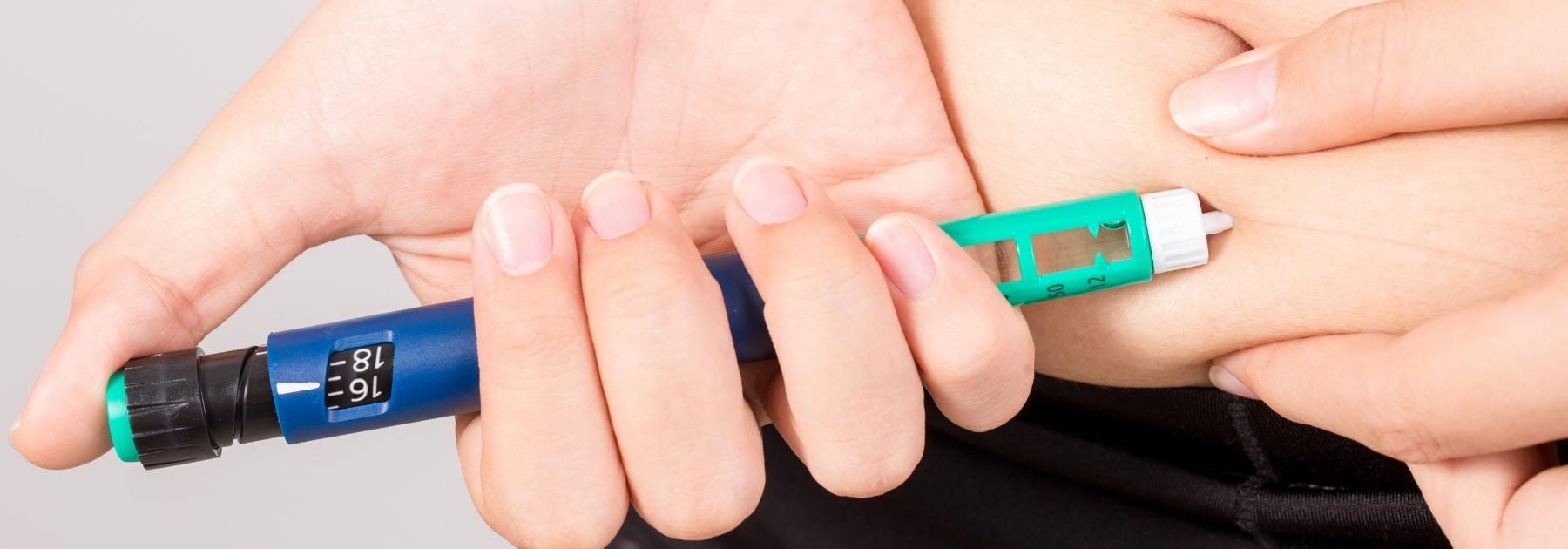If you’re exploring options for weight management, you may have heard about semaglutide, a medication that’s gaining attention for its effectiveness in supporting weight loss. Understanding how to use semaglutide safely and effectively is essential, and a key part of that is knowing the recommended dosages.
At Townhead Pharmacy, we want to help you navigate your weight loss journey with clear, reliable information. This guide explains the semaglutide weight loss dosage chart, how dosing typically works, and what you should expect when starting treatment.
What is Semaglutide?
Semaglutide is a medication originally developed to help manage type 2 diabetes, but it has also been approved for weight loss in people who are overweight or have obesity. It works by mimicking a hormone called GLP-1 (glucagon-like peptide-1), which helps regulate appetite, slows digestion, and promotes feelings of fullness. This can lead to reduced calorie intake and gradual, sustained weight loss.
Semaglutide is available as a once-weekly injection and is prescribed alongside a reduced-calorie diet and increased physical activity. Please note that semaglutide will only be prescribed if deemed clinically appropriate by a healthcare professional.

Why a Dosage Chart Matters
A semaglutide weight loss dosage chart provides a clear schedule of how the medication dose increases over time. Starting on a low dose and gradually increasing helps minimise side effects such as nausea, vomiting, or stomach discomfort, which are common when beginning treatment.
Following the dosage chart carefully ensures your body adjusts smoothly to the medication, helping you stick to your weight loss plan safely and effectively.
Typical Semaglutide Weight Loss Dosage Chart
The exact dosages and timeline can vary depending on your healthcare provider’s recommendations, but a common schedule looks like this:
Weeks 1-4:
0.25 mg semaglutide dose (start low to reduce side effects)
Weeks 5-8:
0.5 mg semaglutide dose (increase dose gradually)
Weeks 9-12:
1.0 mg semaglutide dose (continue gradual increase)
Weeks 13+:
1.7 mg or 2.4 mg semaglutide dose (maintenance dose for weight loss)
Why is the Dosage Slowly Increased?
You can’t jump right into the highest dosage — doing so would result in a higher risk of unpleasant side effects such as nausea, vomiting, and digestive discomfort. Gradually increasing the dose allows your body to adjust to the medication, making it easier to tolerate and helping you stay on track with your weight loss plan.
Dose Breakdown
–> Starting Dose (0.25 mg): For the first four weeks, you take 0.25 mg once a week. This dose primarily helps your body get used to semaglutide. At this stage, you’re unlikely to experience significant weight loss. However, it’s a necessary step on your weight loss journey.
–> Gradual Increase: Every 4 weeks, your dose will be increased — often to 0.5 mg, then 1.0 mg — to help your body adjust without severe side effects. During this phase, you can expect to start seeing weight loss results, especially if paired with appropriate lifestyle changes.
–> Maintenance Dose: After about 12 weeks, your doctor may increase your dose further to 1.7 mg or the full 2.4 mg weekly dose, which studies show provides the best weight loss results. This will be subject to clinical review.
What to Expect at Each Stage
–> Initial Phase: During the first few weeks on the 0.25 mg dose, some people may experience mild nausea or digestive discomfort. This usually improves as your body adjusts.
–> Dose Escalation: As your dose increases, appetite suppression becomes more noticeable, and you may start to see weight loss results. Continuing to follow your diet and exercise plan is key.
–> Maintenance Phase: At the full dose, many patients experience significant weight loss over several months. It’s important to stay in touch with your healthcare provider to monitor progress and manage any side effects.
Important Tips When Using Semaglutide
-
–> Stick to the Dosage Chart: Never increase your dose faster than prescribed. This can increase the risk of side effects.
-
–> Consistent Timing: Take your injection on the same day each week to maintain steady medication levels.
-
–> Monitor Side Effects: Common side effects include nausea, vomiting, diarrhoea, and constipation. These often improve over time but consult your healthcare provider if they persist or worsen.
-
–> Diet and Exercise: Semaglutide works best when combined with a healthy diet and regular physical activity.

Who Should Use Semaglutide?
Healthcare providers typically prescribe semaglutide for weight loss to adults who:
–> Have a body mass index (BMI) of 30 or above (obese), or
–> Have a BMI of 27 or above with at least one weight-related health condition (e.g., type 2 diabetes, high blood pressure).
Your healthcare provider will assess your overall health to determine if semaglutide is appropriate for you.
How Townhead Pharmacy Can Help
At Townhead Pharmacy, we provide pharmacist-led consultations to discuss semaglutide treatment, review your health history, and help you understand how to use the medication safely. We can also guide you on managing side effects and support you throughout your weight loss journey.
Our expert team offers:
–> Prescription services for semaglutide (following a consultation)
–> Advice on diet and lifestyle changes
–> Monitoring and encouragement to keep you motivated
Book a consultation with us today to learn more about semaglutide and whether it’s right for your weight loss goals.
Ready to Book Your Consultation?
Understanding the semaglutide weight loss dosage chart is crucial for a safe and effective journey to better health. If you have questions or want personalised advice, contact Townhead Pharmacy today. We’re here to support you every step of the way.

This blog was written on behalf of Townhead Pharmacy by Pharmacy Mentor.

